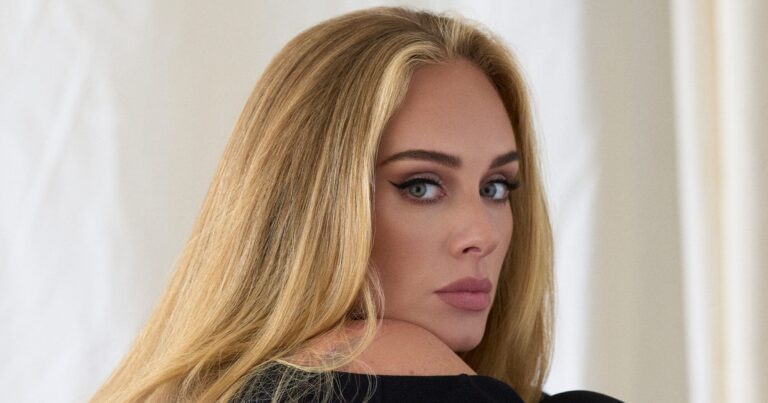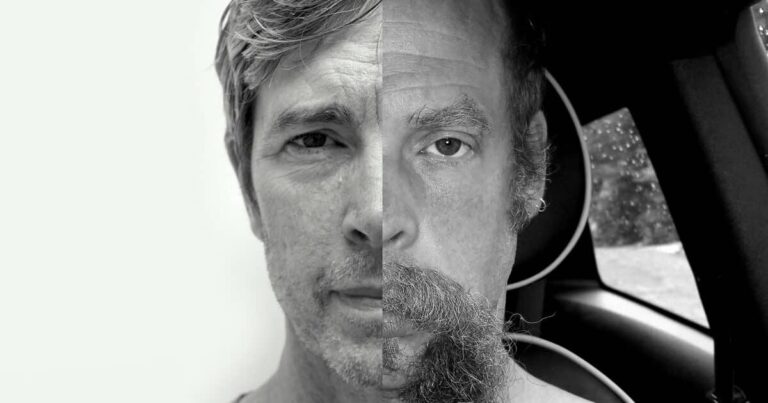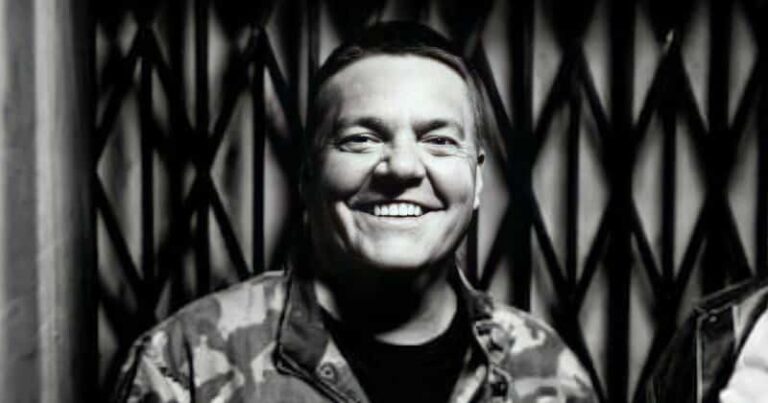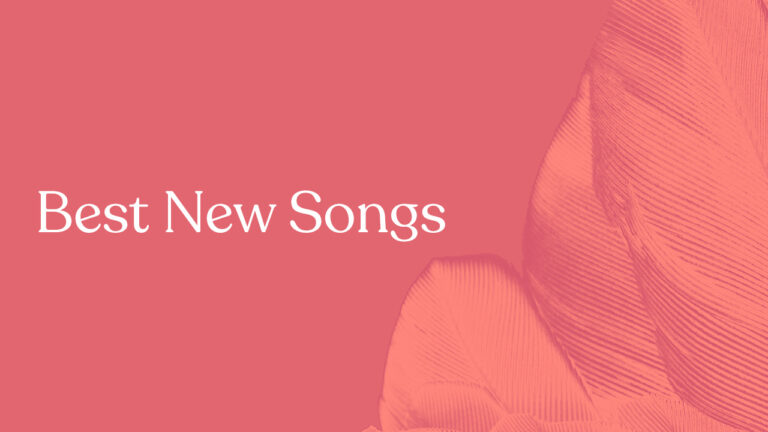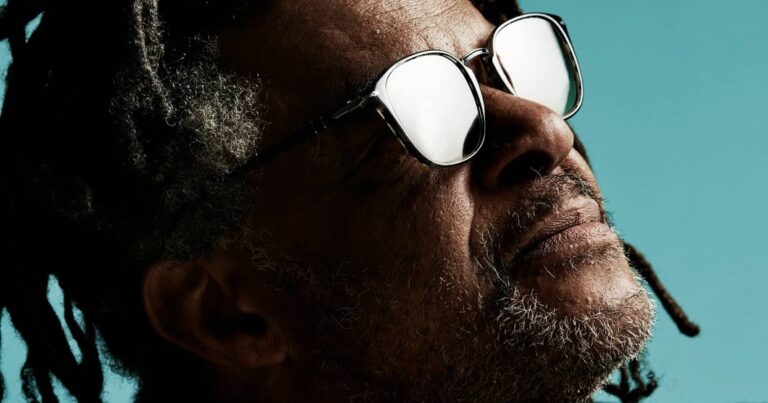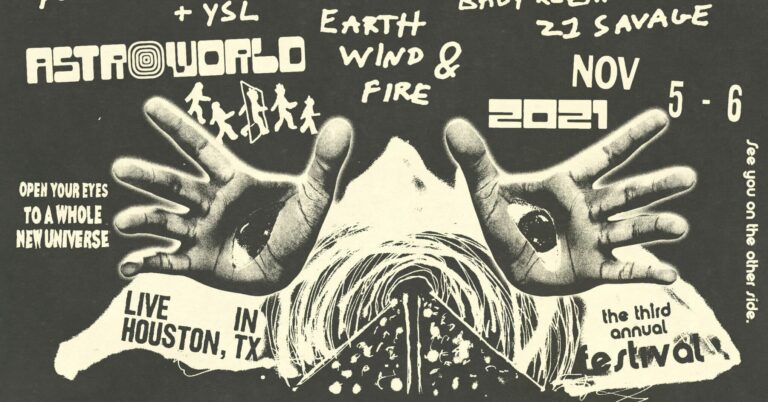If you are venturing into the e-cigarette world for the first time, you would have come across the term “atomizers” amid your browsing and research. That’s because atomizers are exploding in popularity as more and more people are beginning to move away from the traditional cigarette route towards this better, healthier, vaping alternative.
As you’re browsing around the various vape merchant websites, you might have noticed there are a few different types of atomizers. Vape merchants, like DrDabber for example, sell an assortment of products and each product comes with a lot of key points in the description to help buyers like you make an informed decision. You might have even been surprised to find there was a lot of new information that you had no idea about until you started looking around. Well, not to worry because this guide is here to help you figure out everything you need to know about buying your first vape atomizer and how they work.
Understanding the RBA
Let’s start with the simple basics first by understanding what an RBA is when it comes to atomizers. RBA is the abbreviation for Re-Buildable Atomizer. You’ll come to recognize the RBA once you’ve become familiar with it because it has a deck. On this deck are posts where you can rebuild your own coils if need replacing.
RBAs come in different varieties. These are sometimes known as RTA, RDAs, or even RDTAs. Each style will come with its own unique advantages and disadvantages too, because nothing is ever all pros and no cons. Your choice of RBA is merely a matter of personal preference. It doesn’t really matter which one you end up choosing as long as you’re happy with it. After all, you’re going to be the one that is using it. Just because one vaper might prefer an RDA over an RBA, it doesn’t mean that you will too.
However, if you are looking for something specific, like a lot of cloud or vapor production, then an RBA that pumps these vapor clouds is something you need to consider before you make your purchase. Out of all the atomizer options out there though, the RBA still remains a crowd favorite. One of the leading reasons behind this is the ability to quickly and easily rebuild your own coils.
Vapers also love the fact that this can be done without breaking the bank. With an RBA, you get rid of the need to buy premade coils and those can be pretty expensive, especially if you’re vaping your e-liquids at high temperatures. Yet another reason behind the popularity of the RBA compared to any other atomizer design is the ability to create your own coils (if exploring your creative side is something you like to do).
An RDA Explained
Now that you know what an RBA is, let’s talk about the other atomizer version called the RDA. The RDA is short for Rebuildable Dripping Atomizer. The key term to look out for with this one is “dripping”. If you’re a vaper who doesn’t mind manually adding e-liquid into your coils each time you want to vape, then an RDA could be an atomizer you wouldn’t mind owning.
Since the RDA requires manual labor, only a small amount of liquid can be added at any given time. That is because the RDA has only a small well-shaped holder at the
bottom to contain the e-liquid. Unlike other atomizers, you’re not going to be tapping into the reserves inside the tank, hence the need to manually add the e-liquid before your vaping sessions.
In terms of convenience, an RDA is not what you would call a practical atomizer. However, it does pump a lot of vapor clouds and the flavor you experience is pretty good. It’s a matter of which one you prefer, in this case. Would you rather have convenience or massive vapor smoke clouds during your sessions? That will be what helps you narrow down your purchase decision.
Moving On to The RTA
Now, the RTA is short for a different version of the atomizer called a Rebuildable Tank Atomizer. If you want to get technical about it, you could say that a lot of RBAs function like RTAs anyway. However, there is a distinguishing detail that differentiates the two. For one thing, the RTA has a build deck and on this build deck are the coil sits.
A chimney is then placed over the coil and this chimney will extend to the top of the tank. The tank will be full of the e-liquid you need during your vape sessions. As you begin your sessions, the e-liquid will be drawn into the coil through what is known as the wicking material. If you like to move around a lot, then the RBA is one of the easiest atomizers to use.
Finally, the RDTA
The Rebuildable Dripping Tank Atomizer or RDTA as it is commonly called, is a combination of the RTA and the RDA. With an RDTA, you will find the tank sitting underneath the coil. There is no need to constantly drip your e-liquid into the coil the way you would have to with a regular RDA because the wicking will flow down into the tank.
The Final Buying Decision
The atomizer that you choose to get is all about personal preference and the way you would like to enjoy your vaping sessions best. Some people are more into it for the flavor production, others are looking for something basic and user-friendly, and then there are those who enjoy building vape setups that focus on chasing clouds.
It also comes down to how much time and money you want to invest in your little hobby. If this is something that you take seriously, then it’s worthwhile investing in quality products and equipment. If you’re someone who enjoys vaping once in a while for fun, then start with a basic atomizer and vape setup first that gets the job done. If you decide later that this is something you want to pursue more fervently, you can then begin looking into the better quality setups.
